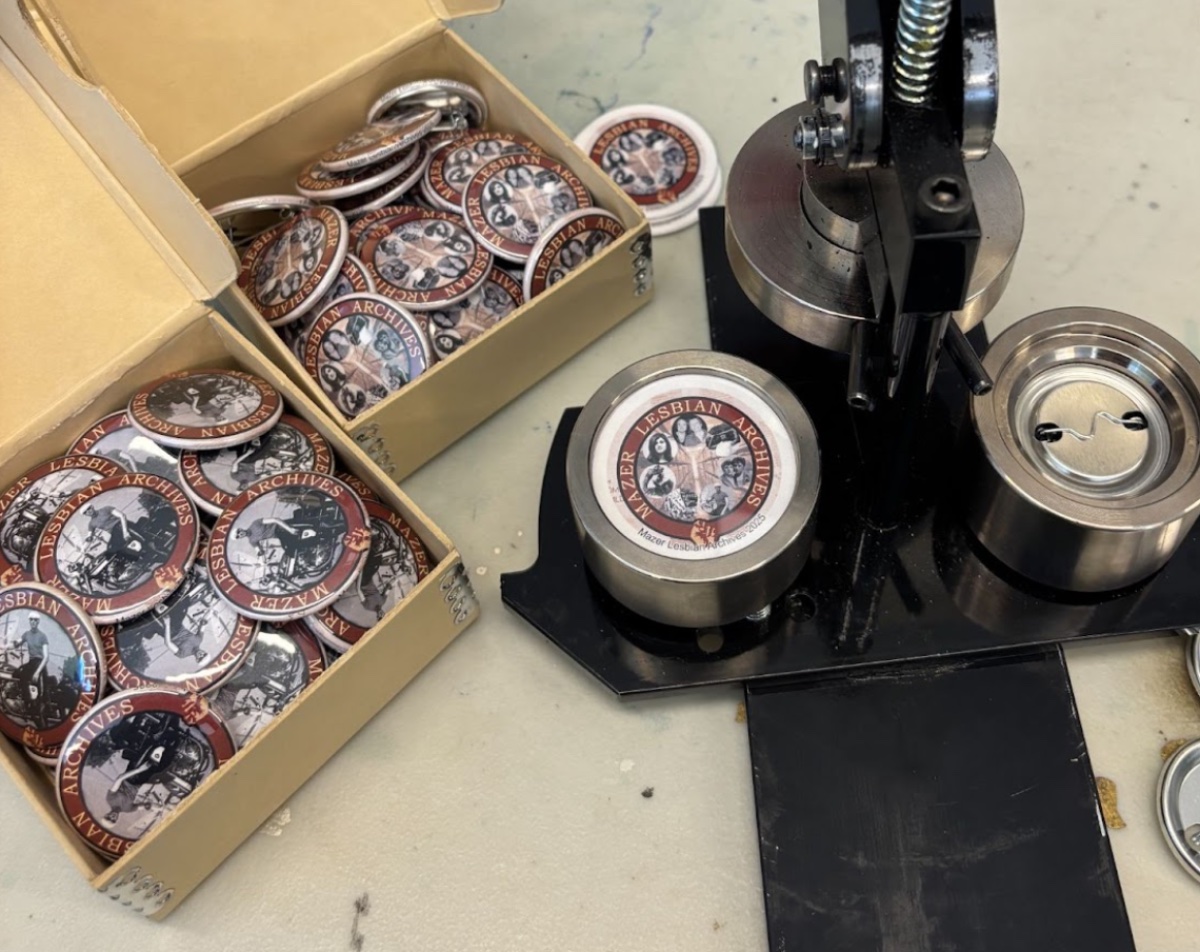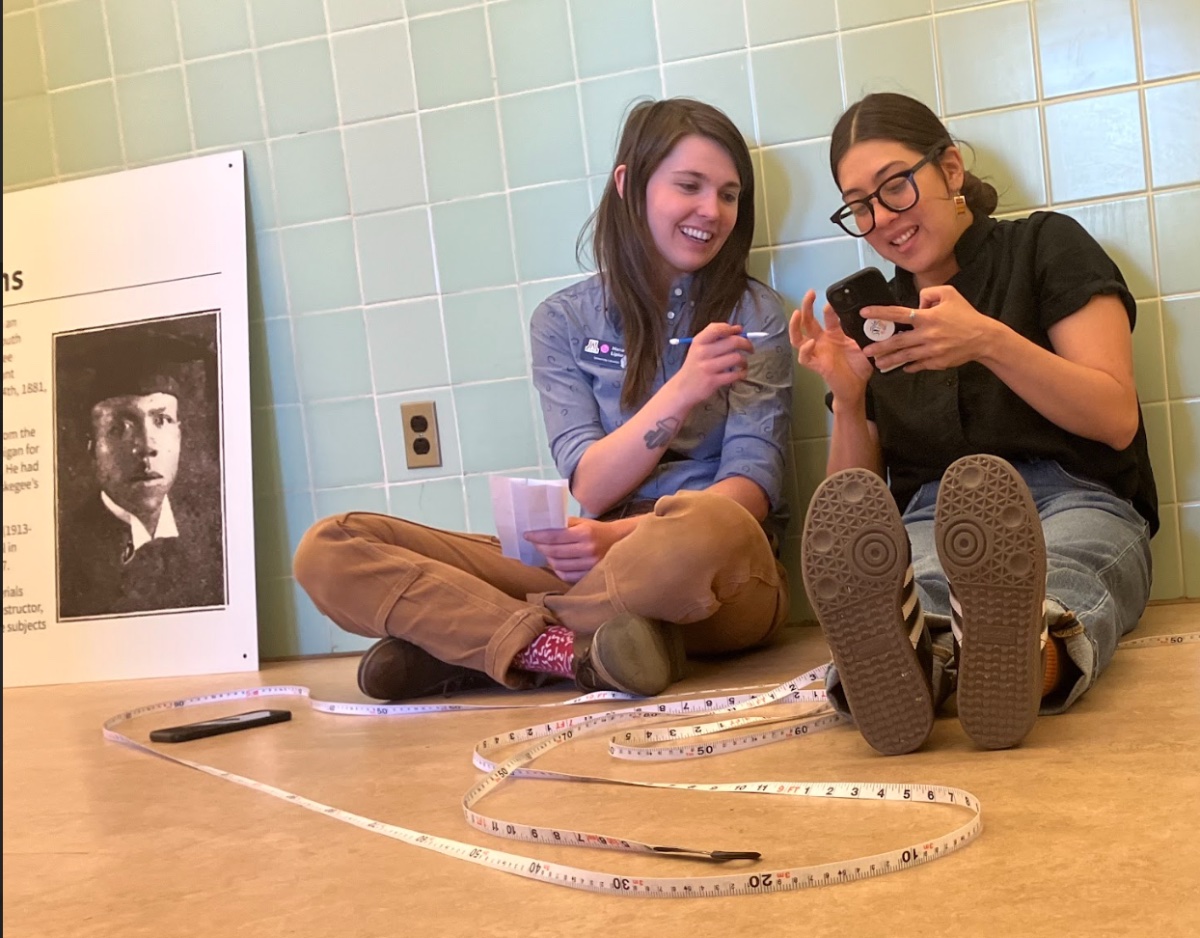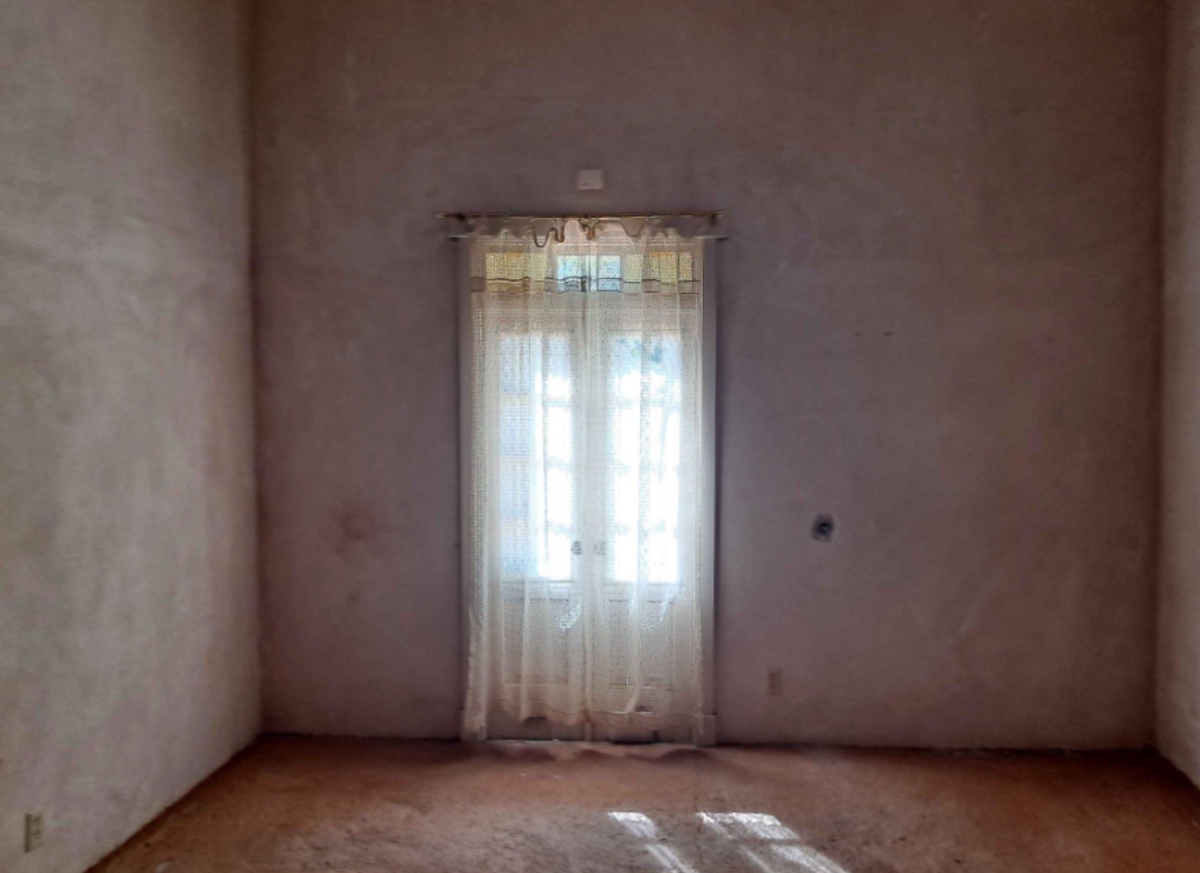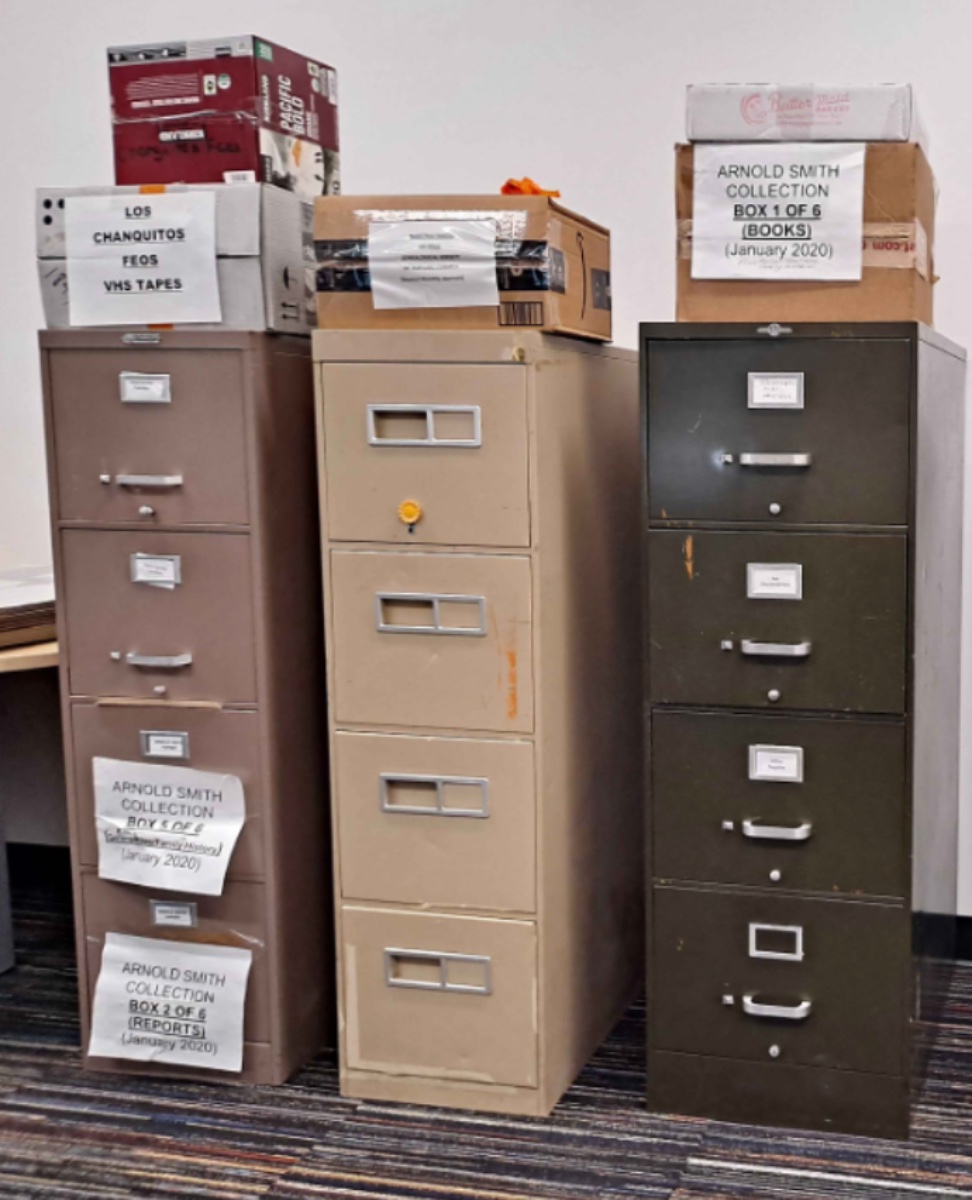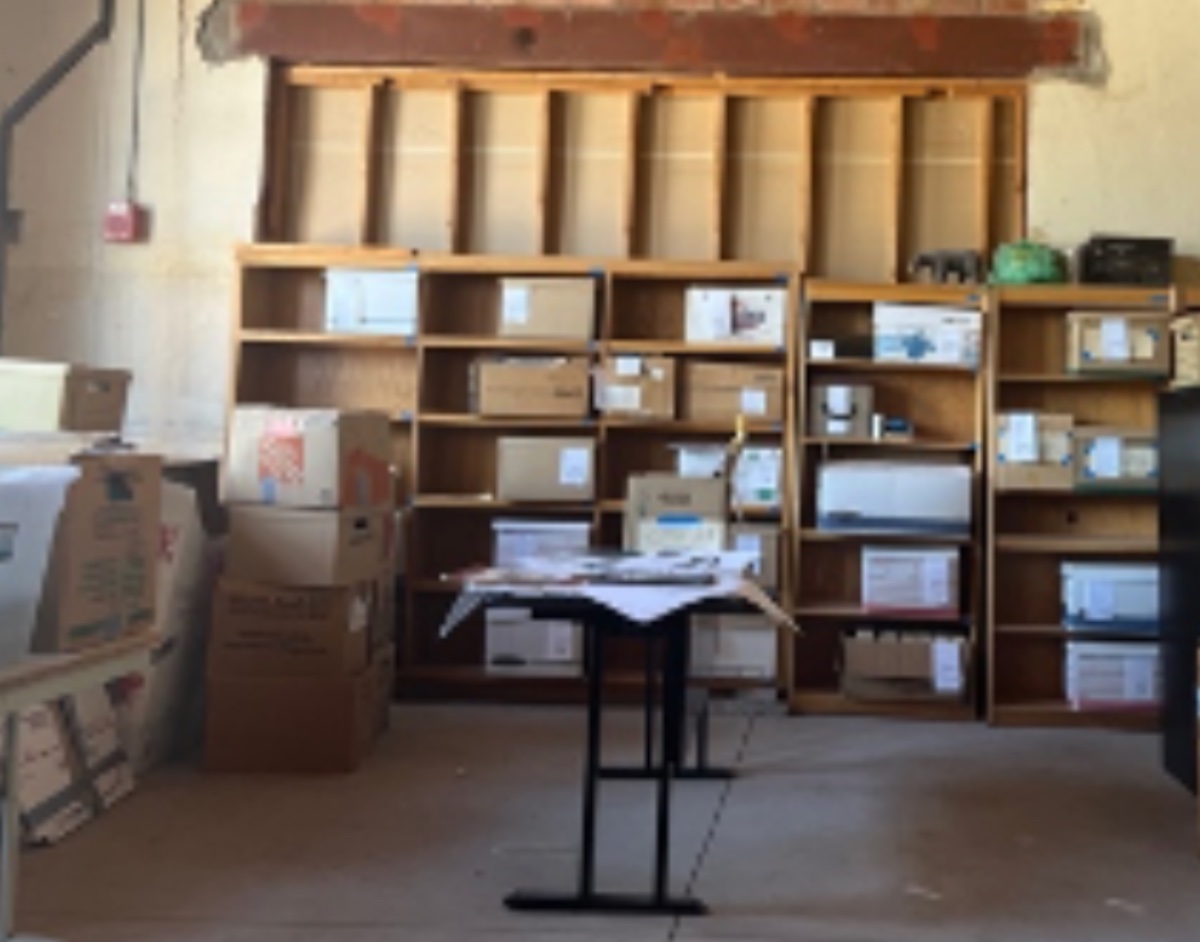By Ana Elizabeth Lara Beltrand, Feb. 2025, FOCAS Intern, 24-25 / UCLA
My experience at the Skid Row History Museum and Archive is something I haven’t stopped talking about. On my first day, my supervisor Henry and I did a data walk, taking in the contemporary landscape of Skid Row. This was an excellent first introduction to the philosophy and strategies of the Los Angeles Poverty Department (LAPD), apart from its fantastic website. LAPD is the force behind the Skid Row History Museum and Archive, which continues to advocate for the agency and presence of people at Skid Row. Our data walk discussed how each street in Skid Row has a history. That is histories of zoning laws, surveillance, discrimination, tension, and current gentrification. During my tasks, I sometimes encountered numerous pictures in the archive from before the local firehouse was ordered to take “Skid Row” off its ambulances and rigs.
The Skid Row History Museum and Archive approaches its work with immense respect and humanity, ensuring the community is represented authentically. In my role, I’ve worked on inventory projects, applying classification and cataloging methods that I’m familiar with but now with liberties of advocacy. My mentors, Henry and Zach, have been incredibly generous in sharing their knowledge and inviting me to contribute my ideas to their systems and philosophies. I’m deeply grateful for the skills I’ve gained in Excel and PastPerfect in a setting that aligns closely with my passion for community-centered work. With another intern, Franny, I been practicing large digitization and editing projects on DV and VHS media formats. It’s a privilege to see my Los Angeles community through this lens and to witness the performances, theater, and projects of the LAPD and Skid Row locals.
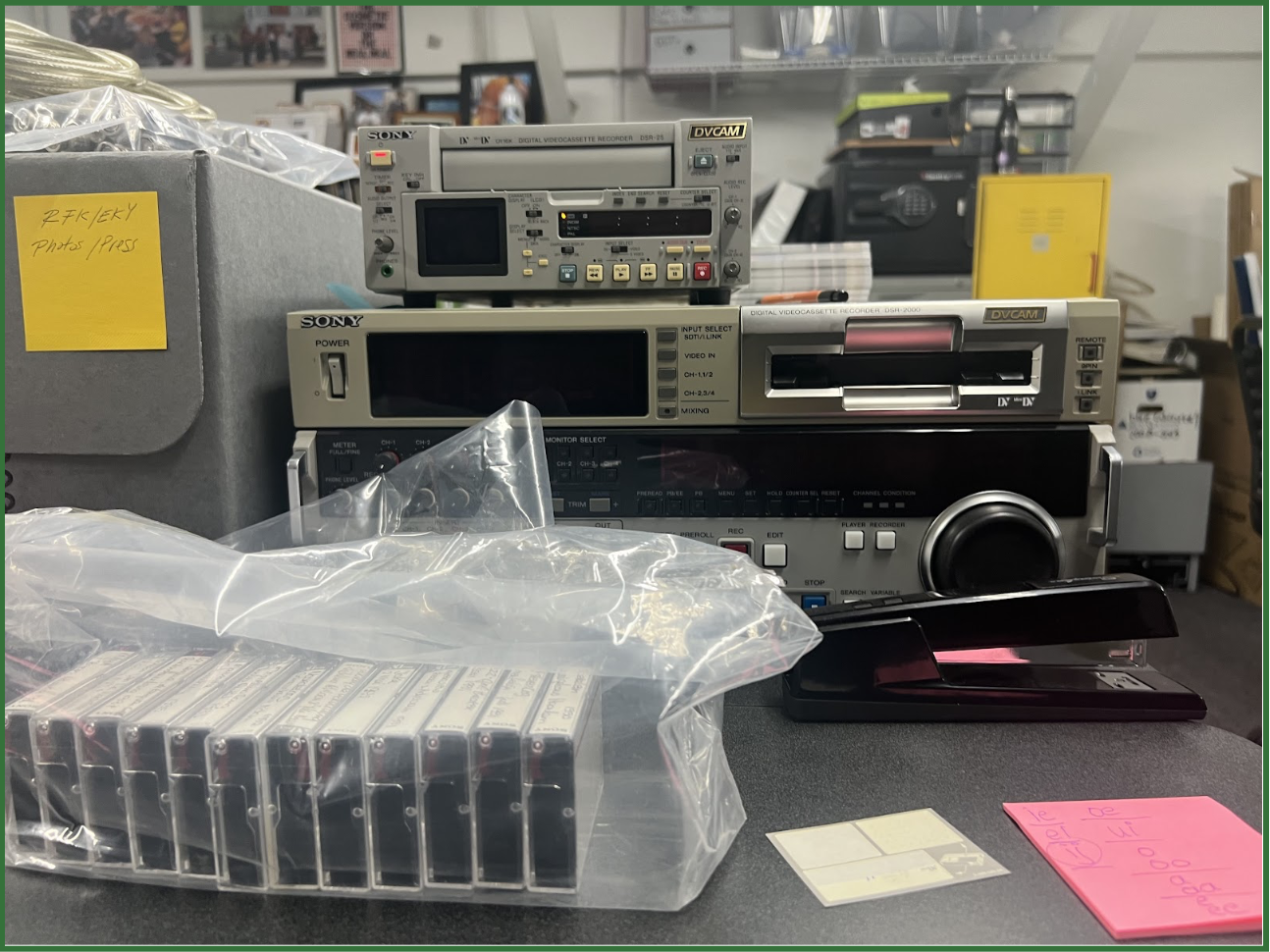
Six months later, as I organize the archive every other week, I recognize faces, places, and perhaps even the intention of the moments captured. Whether it’s a group photo or an image of an empty lot, considerable effort is dedicated to ensuring that the archive reflects the true dignity of this community. I have felt deeply entrusted to assist in the archive and engage with people at various community and archive events. Despite constant negligence, misrepresentation, erasure, and ostracization, the Skid Row community is one of storytellers, advocates, and organizers of hope. Art is vital in mediating difficult and painful conversations at the Skid Row History Museum and Archive. Through this, I have witnessed countless moments of spontaneous kindness, with people sharing supplies, striking up conversations, and ensuring no one is truly alone. I frequently reflect on what I hope someone unfamiliar with Skid Row will grasp when they come across this inventory. The most striking aspect is the joy seen in the events, the acts of resistance, and the individuals.
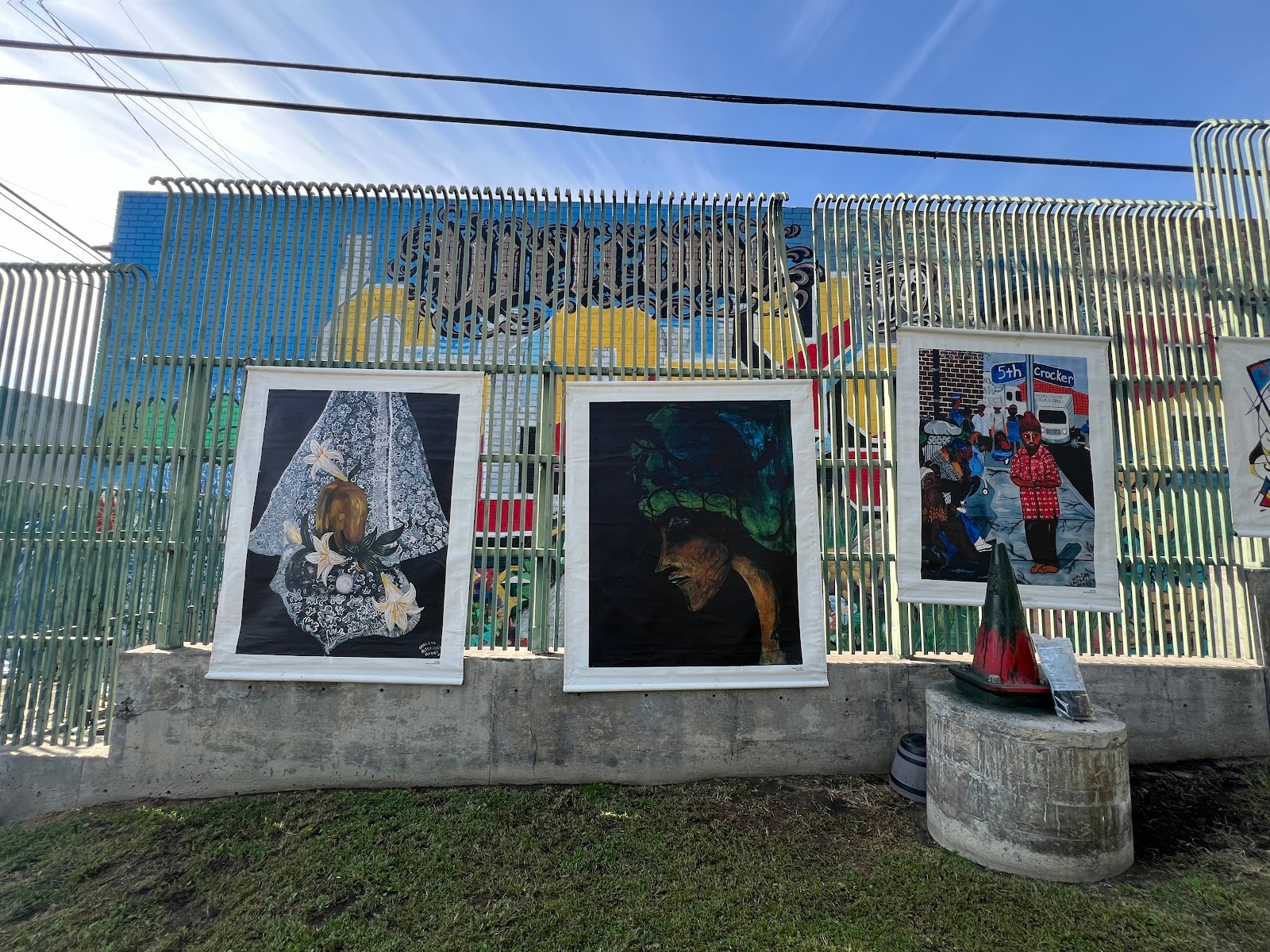
I had the honor to volunteer at the Festival for All Artists, which, as it states, celebrates all artists of Skid Row. I spent an incredible weekend facilitating simple art activities at General Jeff Memorial Park. The main stage had all types of excellent performances. The enthusiasm of Skid Row residents, from children to adults, is contagious. I was excited alongside some children as we created simple instruments from cardboard or shared stories about our day. The festival is hosted for other organizations that bring art, food, materials, resources, or compassion to the community. I had the chance to chat with an outreach librarian from the Los Angeles Central Library. Together, we handed out handheld visual aids for reading and invited people to the library, reassuring them that they were always most welcome. I want to be a librarian or archivist who can communicate to people that they don’t need to apologize for existing, and that’s what makes my internship site so extraordinary: A place where, despite what the world tells you, you belong. Your presence is part of continuing histories.
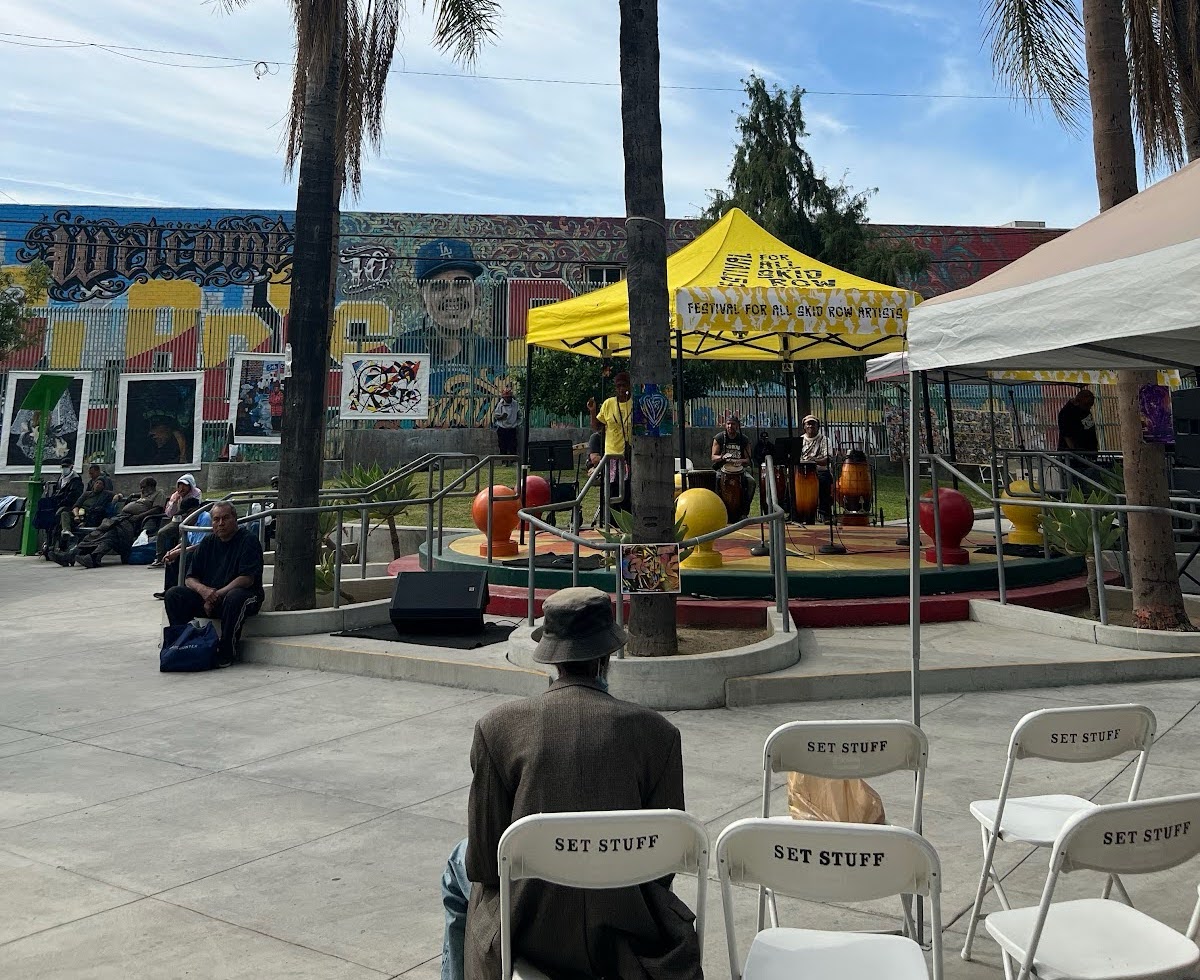
I want to close my recap by describing a moment from the festival: someone began singing “Let It Shine” on the stage. One voice after another, friends inviting other friends. People learn the lyrics on the spot, while others add their twist. What started with a handful of people on the park stage grew into a larger group sprawled over the park entrance, singing and dancing together, creating an impromptu melody that lasted about ten minutes. Ten minutes that I can revisit in the archive one day. I remember feeling a euphoric sense of hope while immersed in singing and the community. This moment made me believe things could and will get better. I have felt the embodiment of archival optimism throughout these past six months. Community archives have the power to radiate symbolic joy.

